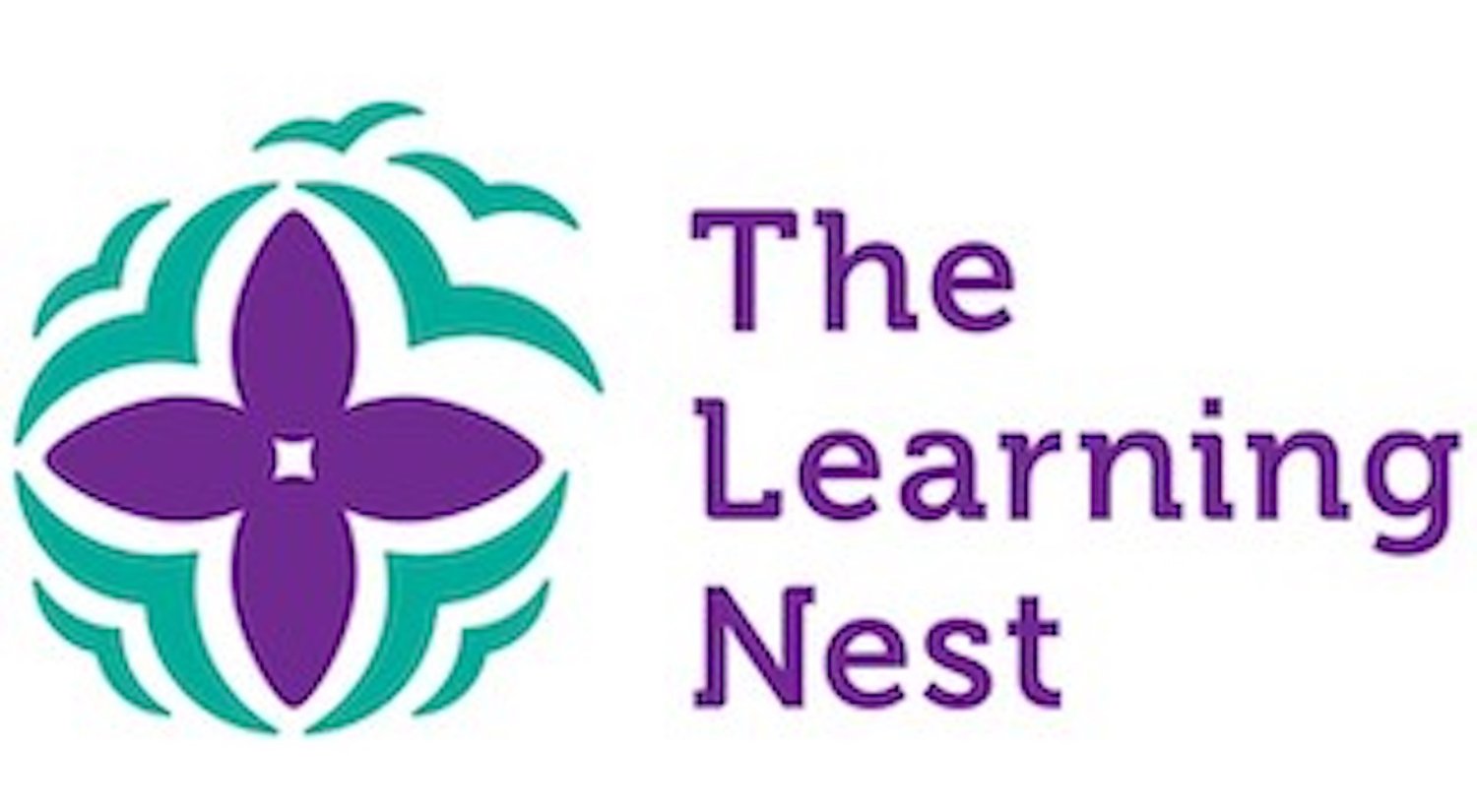Beyond Word Recognition: Key Processes of Reading Comprehension
Understanding the 5 Key processes of reading comprehension
Reading comprehension is more than just decoding words and knowing meaning of words.
The general assumption is that once a child knows letter-sound correspondence and can read words fluently, comprehension follows naturally. However, true reading comprehension is a complex skill that requires multiple cognitive processes working together. Children who struggle with comprehension may read fluently but fail to grasp meaning, make appropriate inferences or connect ideas.
In this post, let’s dive into the five basic but key comprehension processes,
Irwin (1991). Teaching reading comprehension processes.
(1) Microprocesses - The foundation of understanding sentences
💡 What It Is: The initial chunking of idea units within individual sentences. Breaking sentences into meaningful chunks in order to recognise important details and decide which information is worth remembering.
🔴 Struggling Student: Reads word-for-word without recognizing meaningful chunks.
🛠️ How to help
Teach basic clauses so students know how to chunk in meaningful ways.
Add slashes as a visual way to represent how words are grouped.
Encourage students to highlight only key words in a sentence to improve selective attention.
(2) Integrative processes - Connection ideas across sentences
💡 What It Is: Making connections between sentences, understanding pronouns (anaphora), and interpreting transition words (connectives).
🔴Struggling Student: Has difficulty connecting ideas between sentences, misinterpreting pronouns and not able to recognise that conjunctions signal relationships between ideas.
🛠️ How to help
Teach pronoun tracking: Have students underline pronouns and draw arrows to the nouns they refer too.
Explicitly teach transition words: Use graphic organisers to show cause-effect and compare-contrast relationships.
(3) Macroprocesses - Seeing the bigger picture in texts
💡 What It Is: Macroprocesses help readers organize information and understand text structures, making it easier to summarize and retain ideas.
🔴 Struggling Student: Is not able to recognise the story structure in fiction or organisational patterns in nonfiction as well as has difficulty summarising. Either they include too many unimportant details or omit key points.
🛠️ How to help
Use story maps for fiction: Have students identify the characters, setting, problem and resolution
For non-fiction use graphic organises and teach signal words.
(4) Elaboration Processes - Expanding beyond the text
💡 What It Is: Higher-level thinking that involves predicting, making connections to prior knowledge, appropriate affective responses.
🔴 Struggling Student: does not engage with the text: (1) reads passively, just wants to get the reading over with, does not relate text to personal experiences, does not visualise or make predictions.
🛠️ How to help
Zoom In, Zoom Out: To zoom in, have students describe a single detail from the story (e.g. what do the character’s expressions tell you?) To zoom out, connect that moment to a bigger theme or life lesson.
Predict & Prove: At the beginning of a chapter, have students write their predictions. After reading, have them check back and explain why and how their prediction was either correct or incorrect.
(5) Metacognitive Processes - Monitoring understanding & applying strategies
💡 What It Is: Metacognition is the ability to self-monitor comprehension and adjust strategies when meaning breaks down, note-taking and study skills.
🔴 Struggling Student: is not aware when they do not understand something or if they have understand something incorrectly as they just passively read. They will not know how to implement strategies if there are deviations or they may not know how to choose the right strategies.
🛠️ How to help
Teach self-questioning strategies.
Encourage rereading and summarisation before moving to the next paragraph or page.
Reference: Klingner, J. K., Vaughn, S., & Boardman, A. (2015). Teaching reading comprehension to students with learning difficulties (2nd ed.). The Guilford Press.

